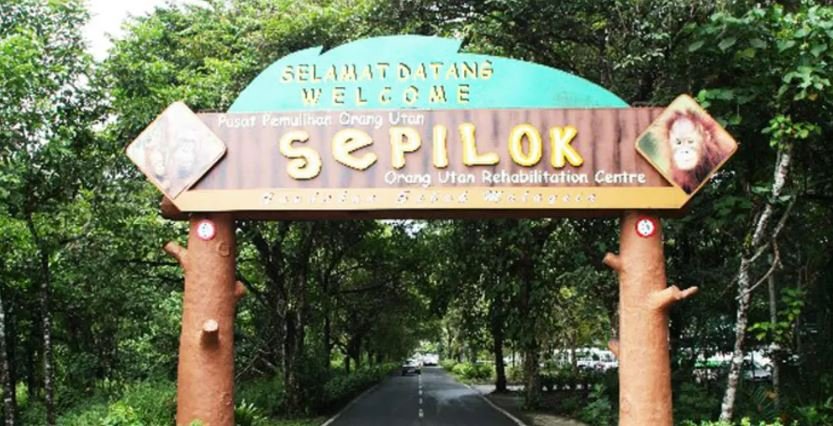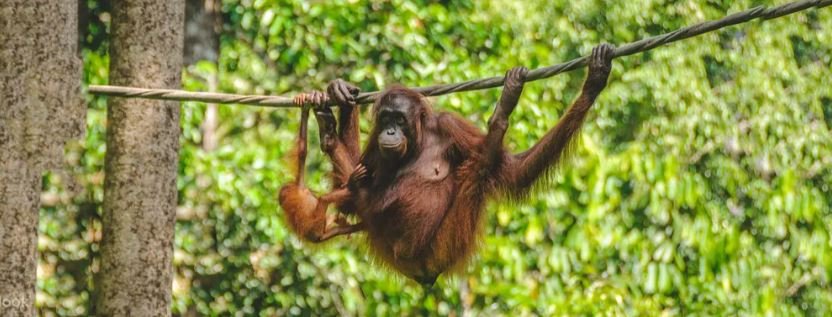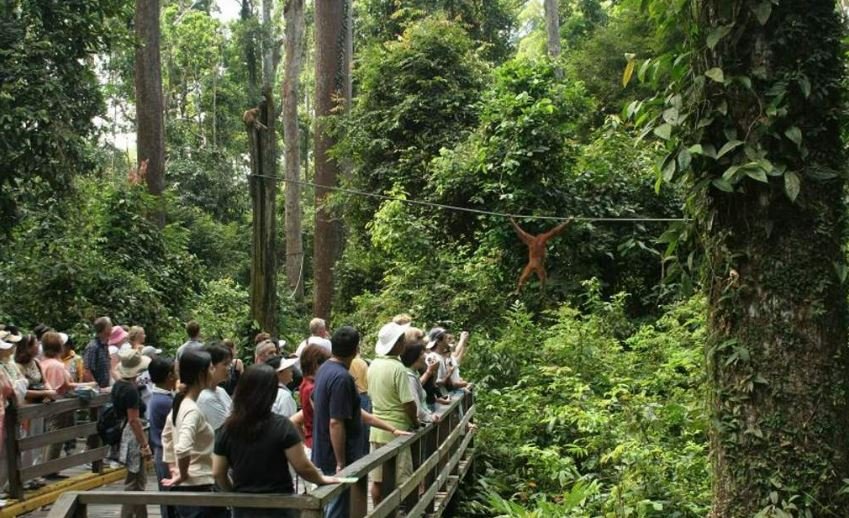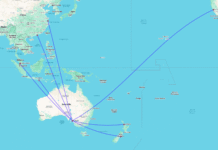A Day at Sepilok Orangutan Sanctuary – A Borneo Wildlife Experience Worth Every Ringgit
Spending a day at the Sepilok Orangutan Rehabilitation Centre in Sabah, Malaysian Borneo, is one of those rare travel experiences that genuinely lives up to expectations. Tucked just outside the town of Sandakan, this sanctuary provides visitors with an intimate, ethical, and educational look at one of our closest primate relatives. For anyone considering an orangutan encounter, Sepilok stands out not just for its accessibility and professionalism, but also for its emphasis on conservation over commercialism.

Getting There: Simpler Than You’d Think
Reaching Sepilok is straightforward. From Sandakan, it’s a 30-minute taxi or Grab ride (about RM40-60), or you can take a local bus for even less. Most visitors fly into Sandakan from Kota Kinabalu—Malaysian budget airlines like AirAsia and MASwings frequently offer affordable flights. If you’re coming from further afield, international flights into Kota Kinabalu are plentiful, and domestic travel within Malaysia is generally budget-friendly and efficient.
Entrance to the sanctuary is RM30 for foreigners (about USD 6-7), with an optional RM10 camera fee. While you might raise an eyebrow at the camera charge, the entrance fee is modest by global standards and goes directly to supporting orangutan rehabilitation. Compared to similar attractions around the world, especially those in Indonesia, Sepilok offers incredible value.
The Experience: Close Encounters Done Right
The sanctuary sits within 43 square kilometers of lush rainforest and is designed to help orphaned and rescued orangutans transition back to the wild. It feels authentic and immersive. Upon arrival, you’re introduced to the sanctuary’s purpose in a small visitor center, which offers educational exhibits about orangutan behavior and the challenges they face in the wild.
The real magic begins during feeding times—10 a.m. and 3 p.m.—when semi-wild orangutans venture to the feeding platform. It’s a thrilling sight: juveniles swinging in from the trees, occasionally joined by the more independent adults. You’re close enough to appreciate their expressions and interactions but far enough to ensure their safety and yours.
There’s also the nursery viewing area, where younger orangutans are trained to climb and forage in a safe environment. Watching them learn to navigate ropes and trees is both adorable and moving. Importantly, the sanctuary enforces strict rules against touching or feeding the animals, a welcome contrast to some facilities in Indonesia.


Why Sepilok is Better Than Indonesia’s Options
Indonesia has orangutan sanctuaries too, especially in Kalimantan and Sumatra, but many are difficult to access and involve costly permits, private guides, and multi-day treks. In some tourist-heavy spots like Bukit Lawang, ethical practices are inconsistent, with some guides feeding orangutans or allowing physical contact for photos—practices that endanger both humans and animals.
Sepilok, by comparison, is tightly regulated, easily accessible, and deeply committed to genuine rehabilitation. It balances visitor experience with conservation in a way that’s hard to beat.
Final Thoughts
If you’re on the fence about where to see orangutans in Southeast Asia, Sepilok should be your top choice. It’s affordable, easy to reach, and most importantly, respectful of the animals it protects. You leave not just with great photos, but with a real appreciation for what conservation looks like in action.




